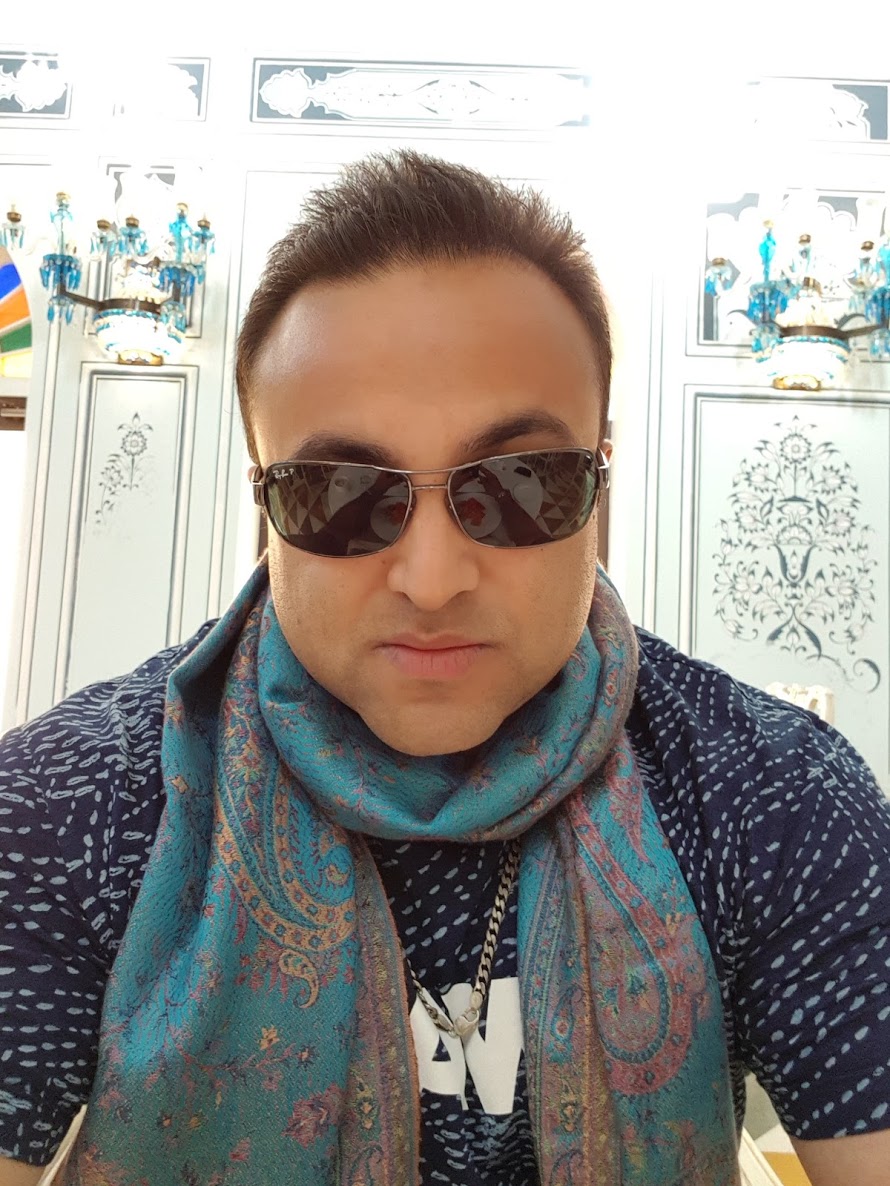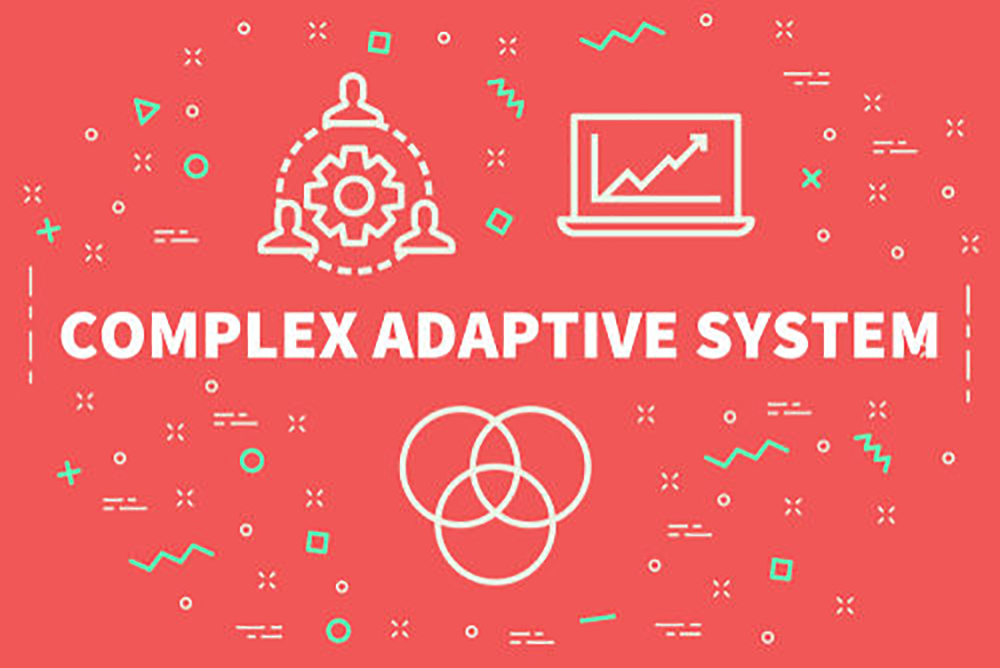Today’s managers operate in a highly interconnected, volatile and complex environment where the use of traditional concepts, tools and frameworks rooted on classical and behavioural schools of thought fail in assisting the management of emergent forces that drive rapid industry change. Every enterprise is adept at creating strategic, operational and tactical plans that focus on adaptive elements such as earnings, size, revenues, market share and rate of growth. These are fundamental business model elements which is ultimately the crux of the economic requirement to generate profit and deliver stakeholder value. With these, you are operating on the premise that rational principals, decision theory, financial analysis, operations research and planning all fuse together and work flawlessly to identify responses to future problems and will ultimately enable an enterprise to replicate itself under adverse conditions. There is confidence in executive and management level that the tactical controls that use scientific and behavioural concepts, manifesting through matrix styled project teams, centres of excellence and task forces are the best first order responses for dealing with uncertainty. The re-engineering, re-organising and deployment models are focused on preparing the firm from dealing with uncertainty; yet somehow the problems remain the same. The traditional and classical approaches become part of the problem here as its not conducive to managing complexity and embracing emergent order. Agile teams can be used, but this is not the optimal solution when you have decentralisation, networked effects and the interplay of external change agents that drive change.
So How can you manage when you cannot control the particulars or the resources? How can you manage when the future is too uncertain and too unstable to plan for? How can you manage when simple changes have enormous and unanticipated consequences? The ensconced truth here is that you cannot by any classical definition of management!
The paradigm of agility relies on finding a balance between order and chaos and existing at the sweet spot. Here, control cannot be imposed and managers need to create the right conditions and incentives for it to be emergent. If this is not achieved its palpably clear that current approaches to management under the traditional mindset will ultimately result in the enterprise succumbing to the forces driving the law of requisite variety. This is delineated when the variety or complexity of the environment exceeds the regulatory capacity of the natural or artificial system; the environment will dominate and ultimately destroy that system. The environment therefore becomes too rugged for the system to search for optimal solutions in real time, thereby resulting in a cataclysmic set of failures.
In an attempt to set out a framework for recognising, nurturing and developing self organisation; we come across to fully describe the seven artefacts of complex adaptive systems. In its own right, these constitute the principals of what it takes to create a self organising enterprise.
How can managers identify strategic and operational problems and then follow self-organising practices to solve these problems? How can organisations and their people follow self-organizing principles to keep within the sweet spot and adapt to highly complex fitness landscapes?
We start off by setting the context for what is the ‘fitness landscape’ in the enterprise setting. This is the gamut of environmental factors from suppliers, competitors, technology partners, regulators, customers, socioeconomic influences and established modes of government which influences the ability for the enterprise to anticipate and respond to the changes in its business environment. The more dominant these factors and their interconnectedness; the more complex and effectively ‘rugged’ is the landscape for achieving fitness.
To cope with these uncertainties, instead of concentrating its resources for strategic planning amongst a narrow set of executives or delegate that function to a specialised department, firms may undergo a radical decentralization in which virtually every unit becomes engaged in innovation.
A poignant reference point to catalyse this emergent innovation culture is tagged categorically across the seven artefacts of self organisation. Understanding and implementing these paradigms in the enterprise will surely result in operational coherence and result in rapid levels of innovation uptake. These seven principals work together and should form the basis for contextual understanding of complexity adaptive systems.
- AGGREGATION: The premise here is that group behaviour does not equal from individual sub unit emergence nor from top down hierarchical control. A fundamental property of complex adaptive systems is that the resulting group behaviour is a diametrical contrast and non-associative identity and cannot be made equal to any individual entity. “Aggregation is neither a mechanism in the classical sense nor as a business process but rather an emergent property and consequence of unique sustained types of interaction and conditions”. The notion of scaffolding is ensconced as the mechanism by which the enterprises uses the external environment (outsourcing, consultants, partners, regulators, customers) to fortify its ability to adapt top continual changes in the demands of the market. Th overall fitness of an organisation depends on the appropriateness of that aggregation for its fitness landscape.
- NONLINEARITY: When we use ceteris paribus, we freeze the concept of multivariance and introduce isolated variables to compare incremental changes on the resultant output. This is then sanctified as a projection of the future. The issue here is that incremental changes can invoke sudden, unexpected threshold changes. . The enterprise needs to recognise it scope it for reactive and proactive applications. From the first concept of aggregation, its emergence leads to non-linearity.
- FLOWS: These can manifest and un-manifest like they can adapt or fail to adapt. The management of flows is endemically crucial to value creation. They are the nodes and structural connections that link the internal within and or across external actors and environments. Simply, flows of people, natural resources, orders, goods, capital and products characterize an enterprise. Value creation is done by nurturing internal task forces or centres of excellence towards problem solving. Its also evident when a company engages an external resource to provide input and unlock value in the system. An outside actor here is introduced when a company becomes too rigid, complacent and fixed in its ways of assessing markets and opportunities. In appreciation of flows, the concept of tags is also important as that is an attributing facet of a function, process, role or node in an enterprise system.
- DIVERSITY: The greater the variety the greater the diversity. This is a measure of depth and breadth of competitive advantage, whether obtained through increased scale and variability of sub business units that create economic and social forms of wealth. Diversity is a measure of market or economic potential and the supporting systems that leverage it as an antidote to non-linearity. Niches are therefore created by the interactions of multiple agents, creating greater opportunity for new forms of economic growth through the emergence of new segments or markets.
- TAGGING: This is a self attributing notion giving significance to something linking it to an action through labelling, selection or other identification means. It aims to codify and define questions to What business are we in? What are our core competencies. Contextually, tags are used by management to define the boundaries or membership conditions of an enterprise. Naturally, thje persona of an enterprise often reflects its founders and key leaders, and is expressed through its internal models and languages. Classical models of labelling headquarters in a strategic territorial location which in effect acts as the head of the organisation is challenged through the complexity adaptive systems perspective where the focus is on playing the defining role in survival. Here, these HQ based approaches wont work in the fact non-linearity and transposition of explicit and implicit knowledge into the operations of the revenue driving subsidiaries or front line functions. The application of traditional wisdom, domain knowledge and seasoned insight can prove to be a disadvantage here. Therefore, with tagging principals, management of complex organisations must first correctly characterize the fitness landscape, then find the right set of tags to define their companies’ value flows so that the appropriate internal principles of self organization can be initiated to change, and in some cases, completely transform their enterprises. The virus of the vision needs to be in parallel with a tipping point of ideas that are classified and defined for exploration. Tagging is the practical mastery of communication and marketing in the self organising context.
- INTERNAL MODELS: Explicit representations and models are critical to complex adaptive systems. These are microcosms and simulationary interplays of agents operating in a controlled and experimental setting that acts as a reference point allowing internal exploration of alternatives and ‘lookahead’ contingency planning. Searching for knowledge that is embedded and embodied in a variety of actions and activities is key for recognising and developing internal models which are collections of best practice, key themes or dynamic processes that inspire innovation. By means of further elaboration on this, “A tacit internal model simply prescribes a current action, under the implicit prediction of some desired future state, as in the case of the bacterium. An overt internal model is used as a basis for explicit, but internal, exploration of alternatives. Altogether, internal models are powerful shaping mechanisms and when used contextually to inspire aggregation they can be effective tools against non-linearity.
- BUILDING BLOCKS: The ability to stay poised in the sweet spot magnifies organisational fitness. We need to nurture pathways to take tacit knowledge, which is embodied in the flows and interaction of the enterprise and make it explicit through the tagging, aggregation and recombination into emergent models the enterprise within ever chancing sweet spot of chaos. And rigidity.
With the directive set for an enterprise to loosen any iron-clad and classical approaches, leadership need to engage in constant communication and vision updates that have a strategic and long term focus in mind. These are visionary and should encapsulate the artefacts of self organization to allow for emergence. In other articles I will outline relevant operational frameworks that is employed in my current specialist wholesale business Hideaway Holidays.


